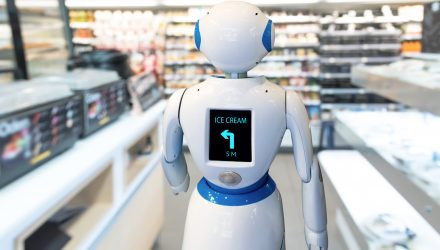The retail sector’s severe downturn made 2017 an exceptionally bad year, and 2018 didn’t offer much more hope for struggling retailers.
A study published in April 2018 found there were already more than 90 million square feet worth of vacancies from physical shops that year. Considering that 2017 store closures represented about 105 million square feet of space, analysts anticipated a record-breaking 2018 for shuttered stores.
But, with some forward-thinking retailers realize artificial intelligence (AI) is a worthwhile way to make people keep frequenting physical locations.
Lowe’s Uses AI to Keep Shelves Full
In today’s fast-moving culture, people want to walk into physical stores and swiftly find the products they want. When that doesn’t happen, customers could decide to purchase from online shops offering same-day shipping.
Lowe’s started working with AI when it rolled out the LoweBot, a robot that interacted with in-store shoppers. Initially, it answered basic questions and helped people find things in stores.
However, a recent upgrade allows the LoweBot to spot empty shelves and alert store employees about the issue. It can even determine backroom stock levels before giving such notifications.
Multiple Retailers Move Toward Smarter Fitting Rooms
Many people say one of the downsides of shopping online is that they can’t try on clothing. There is a growing trend of retailers being mindful of that as they use AI and similar technologies to personalize experiences in the fitting rooms.
Some digital mirrors recognize a shopper’s items and suggest complementing garments based on the selection. Other models have features enabling a person to summon a sales floor employee for assistance. Plus, when Ralph Lauren upgraded its fitting rooms, retailers could collect data and track the number of pieces brought into the fitting room versus the garments purchased, for example.
At Neiman Marcus stores, people can try on different colors of an item without changing their clothes. Augmented reality (AR) makes the switch as seamless as possible by allowing consumers to press a button that changes the image in the mirror and gives them a different perspective in seconds. Also, when people shop at Mango stores to update their wardrobes and try on possibilities, they can add details to a smart watch.
